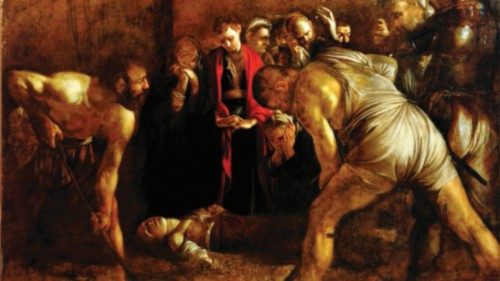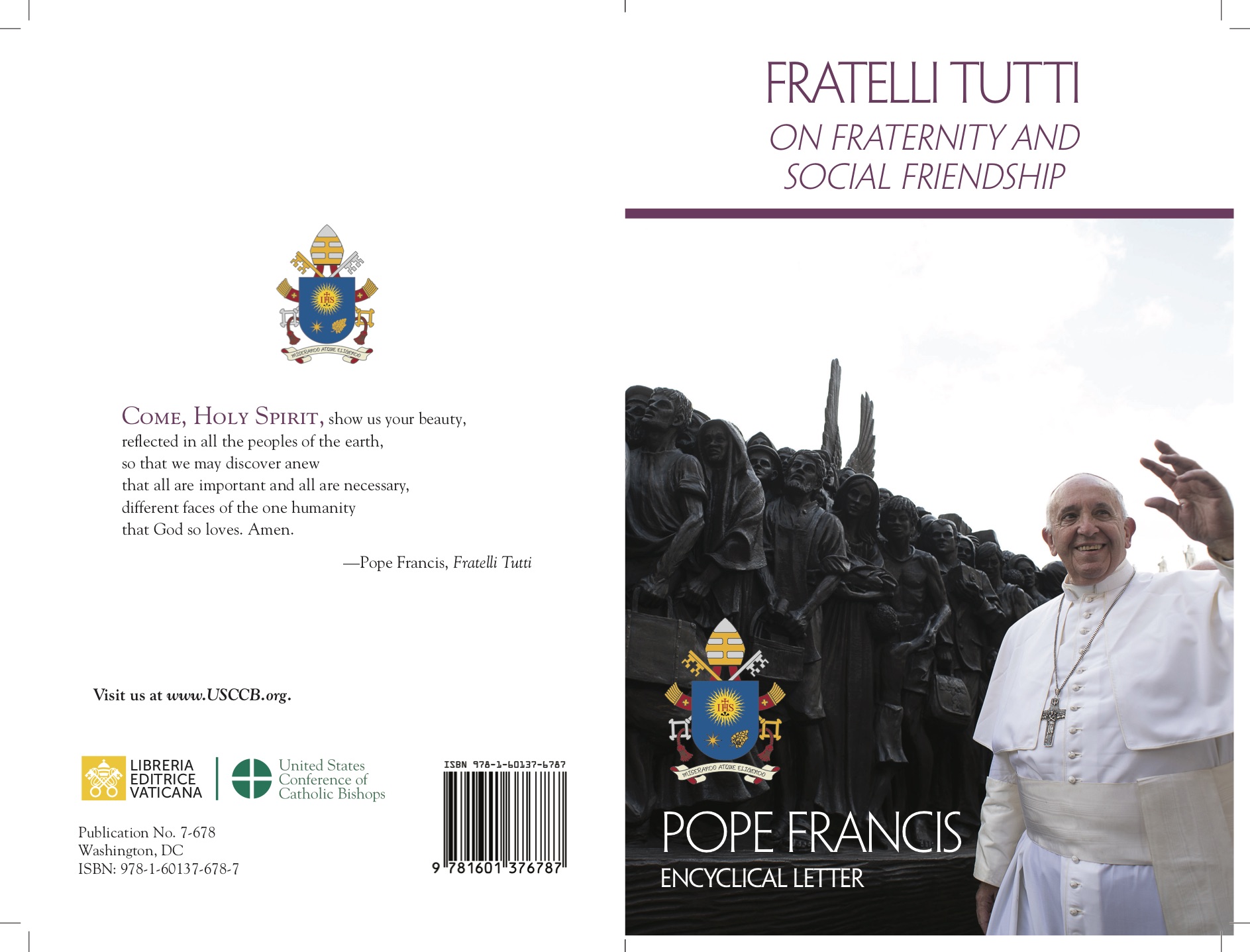
The sun shines high in the blue Sicilian sky. Syracuse - white in its palaces and squares - welcomes those who come here in the fullness of light. Perhaps this is precisely why the encounter with the Lucia painted by Caravaggio is disconcerting. A painting with so much, too much light outside, so much earthy and heartfelt darkness in the canvas depicting her burial.
In the painting – which is hung in the Sanctuary of Saint Lucy at the Sepulchre - there are no shards of light detaching the figures from the shadows. Instead, there is a small crowd awaiting the handing over to the earth of the murdered girl, two necrophores, a bishop with a red stole, an enormous empty space, the colour of rust, that dominate the scene. We are in a womb of earth ready to receive the remains of a woman who broke, in the name of another love, her pact with the promised groom (chosen by her mother), who took revenge by sending her to her death. He does so not by killing her by his own hand as today’s men do, so quick to murder their female companions when they feel free to love whoever they want. No, since the Emperor Diocletian (we are in 304 A.D.) was determined to exterminate Christians, it was enough to tell the authorities that Lucy had distributed her possessions to the poor and decided to give her virginity to Christ to unleash the ferocity of the system against her.
Do you want to remain a virgin? A trip to the brothel will lead you to different advice - is the first sentence she is given. Nevertheless, her body becomes immovable. Eight pairs of oxen are even harnessed to move it. To no avail. Lucia remains steadfast in her loyalty to the Beloved. Subversive then, too dangerous, the regime, in fact, needs sheep, not thinking heads, least of all women. Therefore she will be beheaded, a warning to those who want to do their own thing.
In these very days, on February 5, 301, Lucy went to Catania with her mother who was suffering from haemorrhages to touch the tomb of Saint Agatha, as the haemorrhagess had done with the robe of Christ, and obtain grace. We, on the other hand, are in Syracuse, facing her, soiled by the earth that dirties light, things, even the air. Only the red of the stole rings tremendously. In a time of daily femicides, it recalls the blood of women killed in the name of the freedom Lucy claimed to the end, and the pain, the sense of impotence towards a massacre that seems unstoppable.
By Tea Ranno
Writer. Her latest book is Avevo un fuoco dentro. Storia di un dolore che non si può dire [I Had a Fire Inside. Story of a Pain that Cannot Be Told], Mondadori













 Purchase the Encyclical here Fratelli Tutti
Purchase the Encyclical here Fratelli Tutti
